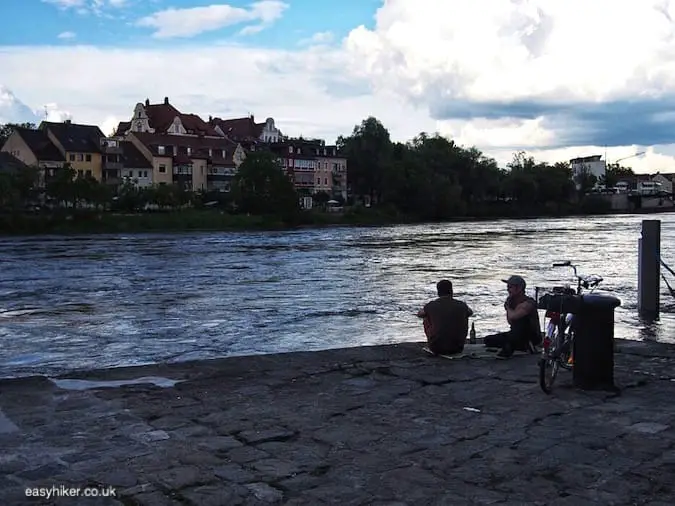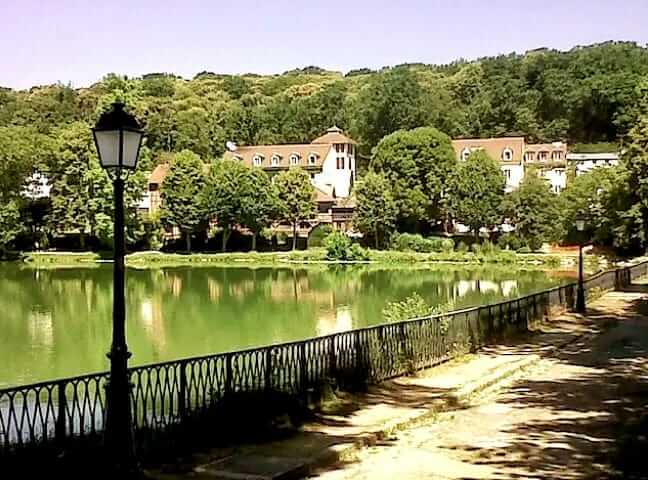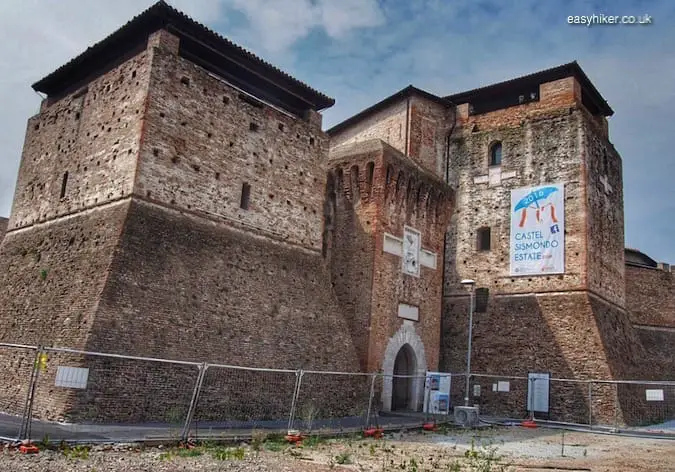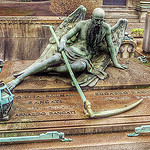There is no point beating about the bush: Zagreb, the capital of Croatia, is not the most interesting of European city destinations. It is not even the most interesting city destination in Croatia (that honour goes to Dubrovnik).
It is, however, a convenient entry point into the country (with good travel connections by land and by air) as well as the perfect base for a visit of the Plitvicka National Park, probably the country’s number one tourist attraction.
And once you are there already, you can as well have a good look around. Who knows? You might even find a few things that delight and surprise you.
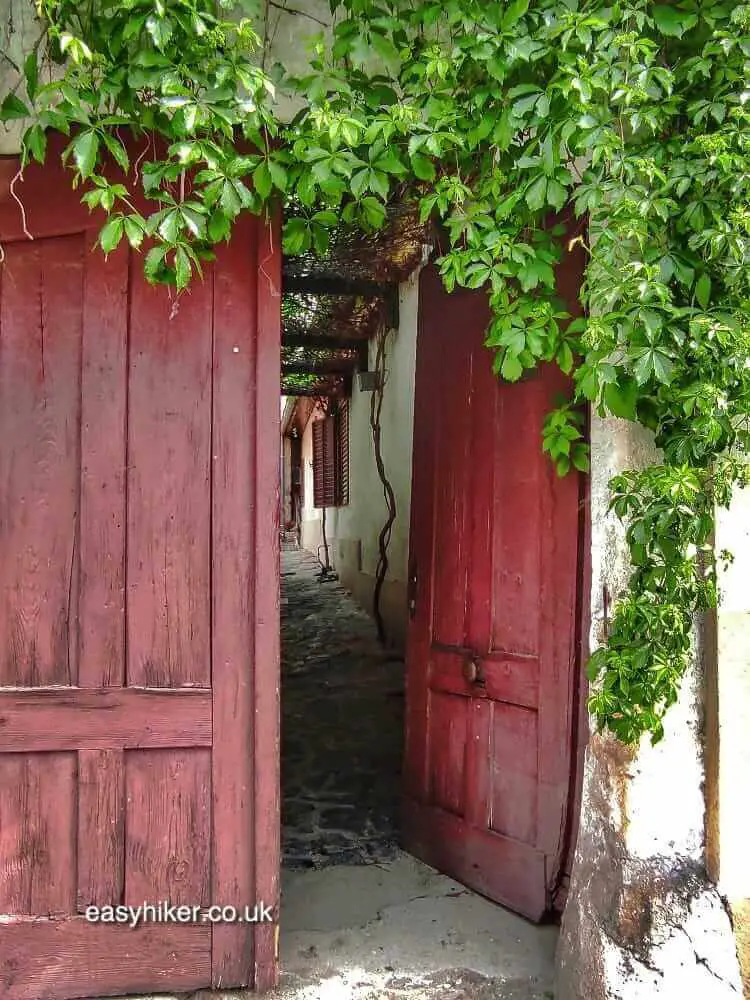
Modern Zagreb is a city with two faces: there is the hill-top upper town, the home of the diocesan administration since the 11th century, and there is the lower town, the hub of nearly all political and commercial activities in contemporary Croatia.
Discovering the Two Faces of Zagreb
Roughly one quarter of Croatia’s population lives in Greater Zagreb, one of the highest levels of such concentration among European capitals (beaten only by Athens and Reykjavik).
As you would expect, the lower town is quite lively, but it is the upper town that is the right kind of lively.

It is also far prettier …

… and has more interesting little things up its urban sleeve.

The upper town is also where you find the city’s best-known historic sites such St Mary’s Cathedral, St Mark’s (no photos of either church because they are currently shrouded in scaffolding) and the Stone Gate, …

… the only feature of the old town that survived the devastating fire of 1713. While everything around the gate was turned to smoldering ruins, the gate itself barely suffered a scratch.
Many people at the time ascribed that to the protection of the Virgin Mary whose shrine inside the gate was left virtually undamaged. Even today, this is one place where you can always find people who are praying for divine blessing.
The upper town was built on a hill and is separated from today’s lower town by a climb, albeit a very modest one even by easy-hiking standards.

And for those of you who think that even that is too much of an effort: a funicular railway, advertised as the shortest in the world, is ready to do the hard work for you.

Whereas the upper town comes across as charming and picturesque, the lower town is much more of an acquired taste.
Years of neglect have left their traces behind – you can blame the decades of Communist rule for that, but I suspect this also reflects the general dislike of 20th century Slavophile governments for the architectural heritage of the Habsburg Empire.

It is, of course, perfectly understandable that the newly independent states of Central Eastern Europe had no great love for the tastes of their overthrown colonial rulers.
Unfortunately, however, they failed to put anything better in the place of the unraveling urban fabric, and as a consequence, much of modern Zagreb still looks drab and dreary.

In fairness, it must be said that a more balanced view of the country’s colonial past has prevailed in recent decades, and today’s Zagreb appears to feel more relaxed about its Germanic heritage …

… and you will find many well-kept period buildings across the city.

Zagreb, however, is not Prague or Budapest: it was never conceived on a “capital” scale, and there are no great boulevards and only a few architectural showpieces. Its past as a provincial city clearly shows.
In fact, Croatia itself was only able to cast off its provincial shackles in 1991: at any time before that since 1102, it was under the cosh of external rulers, mainly the Habsburgs (who took over in 1527).
But since it is a truth universally acknowledged (at least in Central Eastern Europe it is) that every state is in need of a heroic past, a national history that fits the bill must be created – or conjured up, if necessary.
This is how the Croatians got Tomislav, …

… a semi-mythical warrior king from the Dark Ages.
And because Croatia, having been run as colonial backwater for centuries, appears to feel an equally strong need to appoint and duly honour its own national poet, national political philosopher, and a “father of the modern nation”, …

… the town is full of statues showing people that few outside the country have ever heard about.

This happens a lot in Central Eastern Europe and is one reason why visitors can easily feel a little lost and alien over there in ways that they would not in, say, Paris or Rome. At least, thanks to the Croatian language’s use of Latin letters, they can read the names and look them up later on Wikipedia.
Finally, a few practical tips.
If you come to visit Zagreb, your most likely entrance point will be the Central Bus Terminal rather than the train station. (This is also where the shuttle buses from the airport go.)
On the map, the two stations may look close to one another, but in reality, Zagreb’s bus terminal is a (very unattractive) 1 km walk away from the train station and the town centre.
The best way to go about it if you are heading that way is to buy public transport tickets from a tobacconist in the bus station (a snip at € 0.56 each) and then take a no. 6 tram from the stop just outside. This line goes to the train station and beyond into the town centre.
For hearty Croatian food, which largely means fried meats, we recommend the Plac Kitchen & Grill (located on the stairway between Jelacic Square and the Dolac market).

Bearing in mind that Plac has received a recommendation from the Gault-Millau gourmet guide, it is surprisingly inexpensive (expect to pay approx. € 10 p.p. for a meal without drinks).
As an added bonus, you can even meet some locals there, unlike in the restaurants on near-by Tesle Street where we ate on our first evening in a room in which all exchanges between guests and staff – as far as we could tell – were conducted in English.
In this respect, too, Zagreb is a city with two faces: many of its features either stick out as foreign or seem impenetrably parochial.
In certain ways, this is still a local town for local people. There is, however, one thing that strikes a familiar chord while being, at the same time, indisputably Croatian – the linguistic link alone gives its origins away.
I am speaking about an item of clothing that was first worn by Croatian cavalrymen – and went around the world as nothing from this small country ever has. It makes a perfect souvenir, too.


